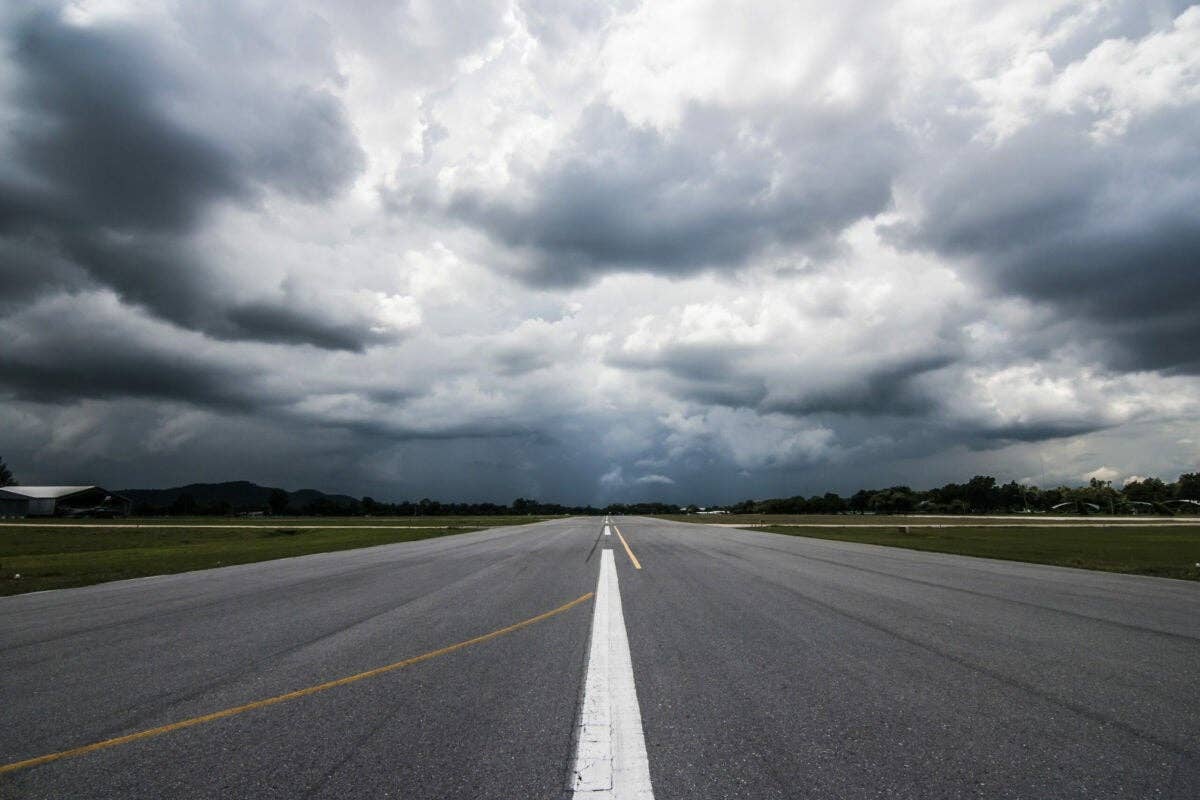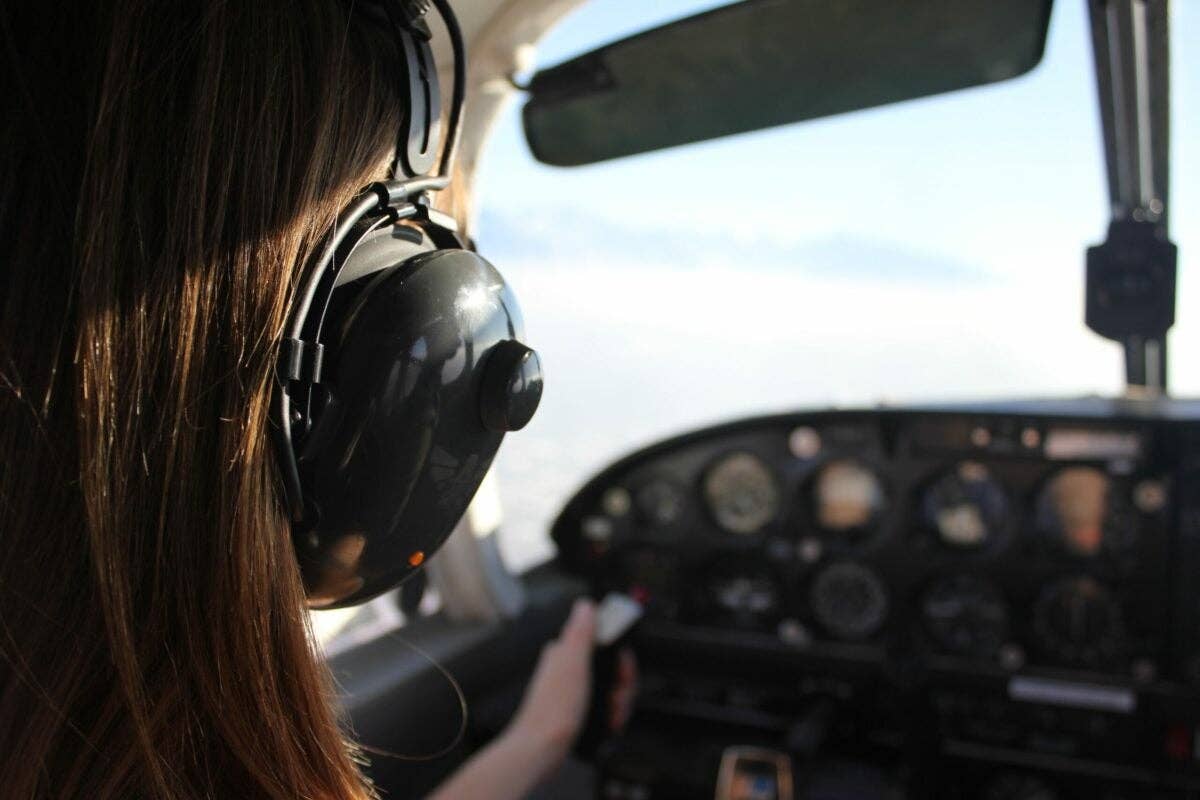Accident analysis that goes behind and beyond the NTSB report. Flying
The pilot, 65, had 33,000 hours. He had retired six years earlier as a 777 captain after a 36-year career in airline flying. He was a CFI-I and ATP with ratings in a slew of Boeing and Lockheed types, and was an air-frame and power-plant mechanic to boot.
He and some family members had flown from California to Texas in his Aero Commander 680. When they returned, the weather at their home airport of Chino, California, just east of Los Angeles, was bad, and they elected to land 65 miles short at Palm Springs, where they rented a car and drove home. Los Angeles was being pounded by a series of Pacific storms at the time, with intermittently heavy rain and low ceilings and visibilities. The weather they encountered during the drive home seemed to confirm their cautious decision. It was “very bad — overcast and pouring rain.”
Early the next morning, the pilot drove the rented car back to Palm Springs. He had 45 gallons of fuel added to the airplane, asked the FBO to hold onto the car a while in case he returned, and took off VFR. According to the customer service representative at the FBO, the weather was not good, at least for a place known for its monotonously sunny climate. “It was not raining, but it was cloudy, and the [Banning] Pass was really dark.”
The Banning Pass is a valley between two 10,000-foot peaks, forming a bottleneck between the Los Angeles basin and the desert. The base elevation in the pass is about 2,500 feet. The mountains form a barrier to weather; not uncommonly, it can be raining in Los Angeles and overcast right up to the pass but cloudless on the desert side.
A man who lived in the pass reported seeing the “white '60s vintage Commander” — “a rare sight,” he commented — “low, below the cloud deck, hugging the I-10.”
A few miles farther west, a retired military air traffic controller saw the twin, which he believed to be no higher than 700 feet and “going in and out of clouds.” He called the FAA to report the sighting because he believed the airplane was flying “below VFR rules.”
Another witness, a pilot, reported hearing a twin-engine airplane fly very low over his truck. It could not have been the Commander — the time was off by half an hour and the location by several miles — but the man’s report of the weather was that it “was very bad, driving conditions very terrible.”
According to the GPS receiver aboard the airplane, the Commander mainly stayed between 900 and 1,200 feet above the ground while following the interstate highway westward through the pass. A little less than half an hour after takeoff, however, it turned left off course to avoid an area of heavy rain. The change of heading pointed it toward an isolated peak that rose 1,000 feet above the surrounding plain.
The pilot had already established contact with a March Air Reserve Base approach controller, requesting advisories through Class C airspace on the way to Chino. He now reported that he was having trouble maintaining VFR and requested an IFR clearance. A minute earlier, probably without knowing it, he had cleared a ridge by 50 feet. Now, however, his luck ran out. The Commander struck the boulder-strewn crest of the peak and disintegrated, scattering wreckage over a 500-foot path.
Accidents of this kind — CFIT, or controlled flight into terrain — are not uncommon, but it is uncommon for the pilot involved to possess the experience and qualifications of this one.
The first question that comes to mind and which the National Transportation Safety Board’s report on the accident makes no attempt to ask or answer, is why this highly experienced and eminently qualified instrument pilot chose to land at Palm Springs the previous evening rather than continue to Chino and shoot the ILS there. He was current, having received an instrument proficiency check just three weeks earlier. There could be any number of reasons — a reluctant passenger, for instance, or a piece of balky avionics — but nothing is explained.
The same question arises the next morning. There is no evidence of the pilot having obtained a weather briefing, but that does not mean that he did not self-brief, and it may be that the weather looked good as he left his house in Riverside, between Palm Springs and Chino, at dawn. It appears, however, that he did not intend to file IFR, since he said that he might return to Palm Springs if the weather turned out to be too bad.
To a pilot accustomed to cruising at FL 350 in a triple-seven, a scud run through the Banning Pass cannot have been a welcome alternative. Yet he did not attempt to file IFR until his situation had become desperate. He could have turned back at any time but didn’t.
By choosing not to file IFR, the pilot had deprived himself the great advantage of flying safely above all obstacles. Although he was familiar with the area, he was evidently not aware of the mountain — hardly more than a big hill, actually — toward which he turned to circumnavigate a cell.
The NTSB’s finding of probable cause begins with “The pilot’s decision ...” This phrase, by which the NTSB distinguishes accidents that it deems due exclusively to the pilot’s judgment from ones in which external factors play at least a supporting role, suggests that the pilot “balanced all, brought all to mind,” and determined that it was safe to make the flight. But that is not quite the way it happens.
The pilot begins with a merely tentative decision. He will go have a look and turn back if he doesn’t like what he sees. The next decision, decision sub two, will be made in the air. But it too may bifurcate into a tentative decision to continue a little farther before making the “final” decision, decision sub three, and so on, until we reach decision sub n, and either clearing skies or something worse.
Each decision represents only a small extension of the original one, but each one is made in progressively worsening conditions that become new baselines for judging what is an acceptable increment of risk. No matter how bad it looks, you know that you’ve been fine so far, and so “this bad” is not really as bad as it can get before you have to turn tail. And after all, it could start getting better in just another minute or two.
But be honest. If the weather had been like this at Palm Springs, would you have taken off?

Sign-up for newsletters & special offers!
Get the latest FLYING stories & special offers delivered directly to your inbox






